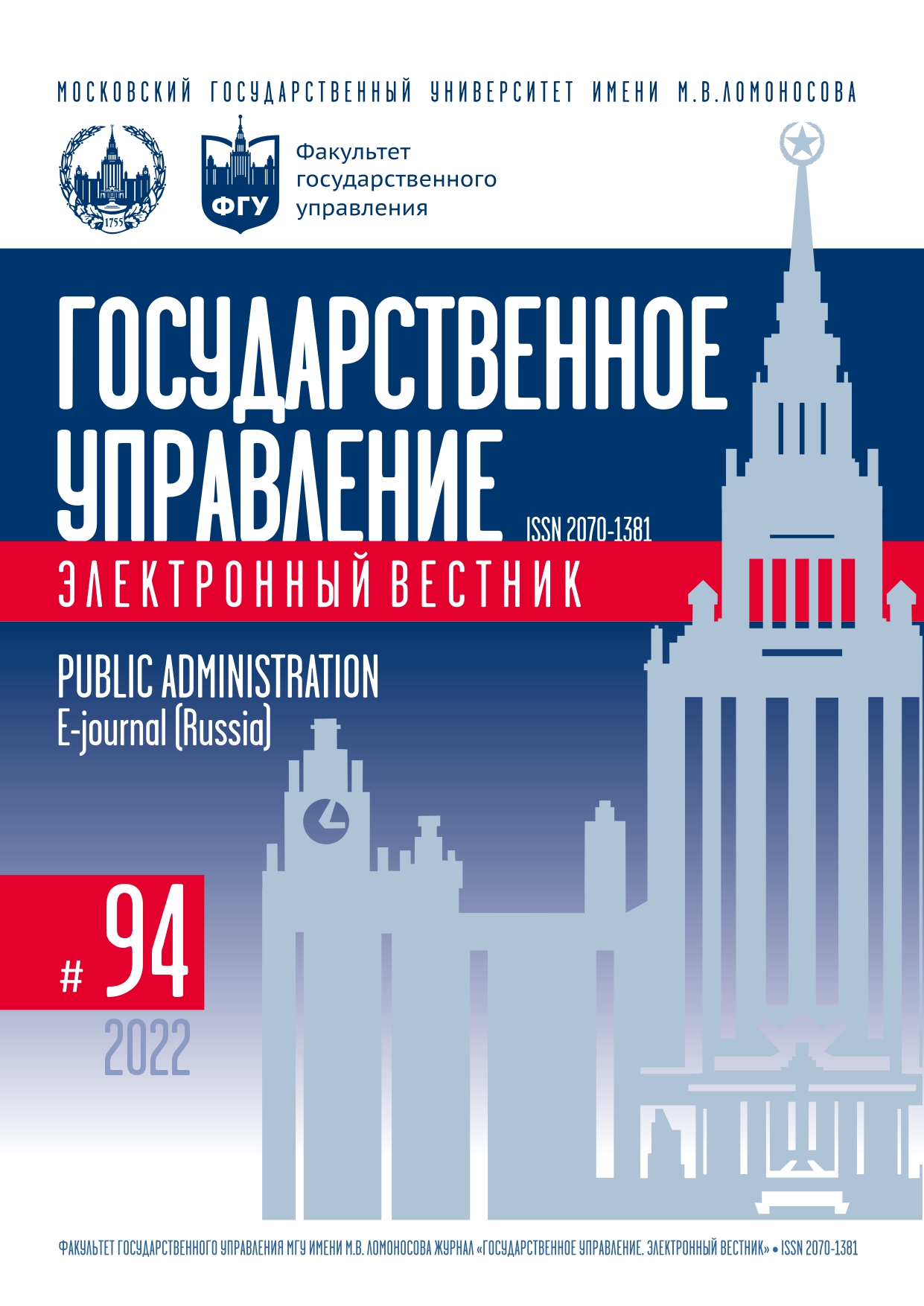Tragedy of the Vainakh Peoples in 1944 and Administrative-Territorial Consequences of Their Deportation
Keywords:
Deportation, Vainakh, Chechen, Ingush, genocide, I.V. Stalin, L.P. Beria, USSR, Checheno-Ingush ASSRAbstract
The article describes the reasons for the Vainakhs deportation on February 23, 1944, the Chechens and Ingush policy of the Soviet governance while living outside their homeland and analyses the administrative and territorial consequences of the deportation. 1944–1957 is a period of great importance for forming the Vainakh ethnic groups historical memory. In 2004 after 60 years of the beginning of the deportation, the European Parliament resolution was adopted, and paragraph 15 recognized the Vainakhs deportation as an act of genocide. The research relies on a wide range of sources analyzing the course of the Chechens and Ingush eviction, their conditions while living in the Kazakh and Kirghiz SSR, and the consequences of the deportation (official reports, letters, regulatory legal acts, etc.). As a result, it may be concluded that the application of collective responsibility principle to the Vainakhs was unreasonable, the methods used in organizing the eviction and the conditions in which the deportees were located can be considered as a crime against humanity. The article reveals the detailed factors which determined the Soviet leadership decision. In addition, it describes the administrative and territorial changes that occurred in 1944–1957 and their consequences, expressed in the creation of serious interethnic contradictions, and the armed clash as a result. As an example the Ossetian-Ingush conflict is described, which has not been resolved yet.
References
Ахмадов Я.З., Хасмагомадов Э.Х. История Чечни в XIX–XX веках. М.: «Пульс», 2005.
Бобринёв К.С., Костенников В.С. Причины депортации чеченского и ингушского народов СССР в 1944 году // Проблемы социальных и гуманитарных наук. 2018. № 2(15). С. 7–12.
Исаев Ш.Т. Ингуши и осетины в составе российского и советского государства (XVIII–первая половина XX в.): к предыстории конфликта 1992 г. // Государственное управление. Электронный вестник. 2022. № 92. С. 159–168. DOI: 10.24412/2070-1381-2022-92-159-168
Исакиева З.С., Гайрбеков А.Я. Некоторые аспекты повседневной жизни чеченцев и ингушей в годы вынужденного пребывания в Казахстане и Средней Азии // Международный научно-исследовательский журнал. 2020. № 11 (101). С. 74–79.
DOI: 10.23670/IRJ.2020.101.11.083
Козлов В.А., Бенвенути Ф., Козлова М.Е., Полян П.М., Шеремет В.И. Вайнахи и имперская власть: проблема Чечни и Ингушетии во внутренней политике России и СССР (начало XIX–середина ХХ в.). М.: Российская политическая энциклопедия (РОССПЭН), 2010.
Татаева М.У. О депортации как о самом трагичном событии в истории чеченцев и ингушей // Актуальные проблемы истории Чечни: взгляд молодых ученых. Грозный: Чеченский государственный педагогический университет, 2019. С. 146–149.
Цуциев А.А. Осетино-ингушский конфликт (1992–...): его предыстория и факторы факторы развития. М.: РОССПЭН, 1998.
Goff K.A., Siegelbaum L.H. Empire and Belonging in the Eurasian Borderlands. Ithaca [New York]: Cornell University Press, 2019.
Pohl O.J. Soviet Apartheid: Stalin’s Ethnic Deportations, Special Settlement Restrictions, and the Labor Army: The Case of the Ethnic Germans in the USSR // Human Rights Review. 2012. Vol. 13. Is. 2. P. 205–224. DOI: 10.1007/s12142-011-0215-x
Smetana M., Ludvik J. Between War and Peace: A Dynamic Reconceptualization of «Frozen Conflicts» // Asia Europe Journal. 2019. Vol. 17. P. 1–14. DOI: 10.1007/s10308-018-0521-x
The Cambridge History of Russia. Volume III. The Twentieth Century / ed. by R.G. Suny. Cambridge: Cambridge University Press, 2006.

